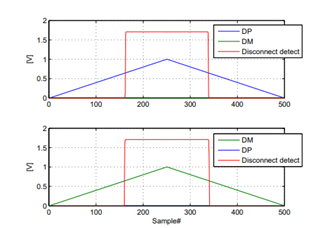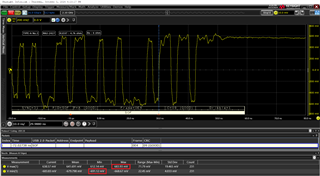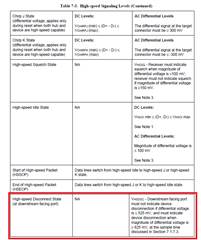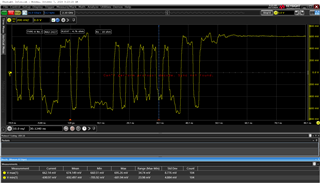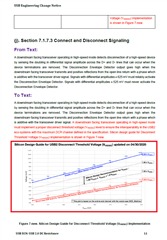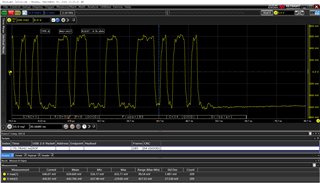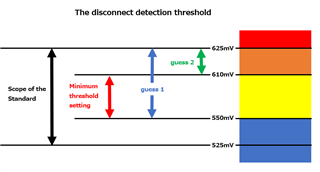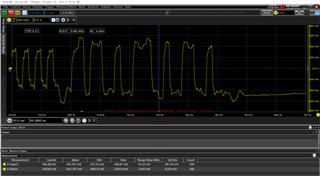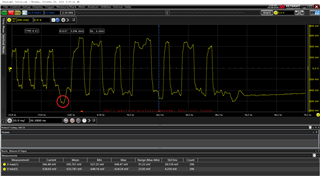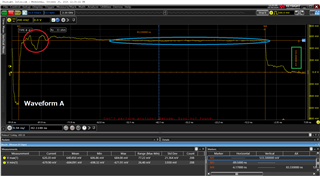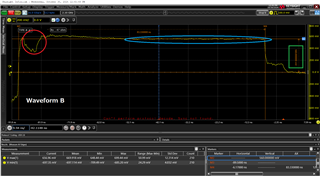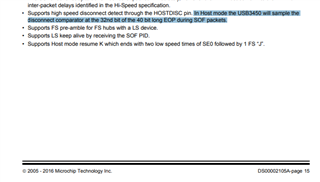Tool/software:
Could you please tell me the threshold voltage for high speed disconnect detection (VHSDSC : MIN, TYP, MAX)?
This is stated in the USB 2.0 specifications, but not specified in the TUSB7320 data sheet, so I am asking.
If this information exists, I would like to confirm whether the minimum and maximum values of the TUSB7320's actual capabilities are in a narrower range than the USB 2.0 specification.



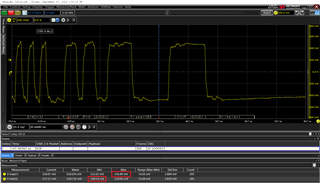 ).
).